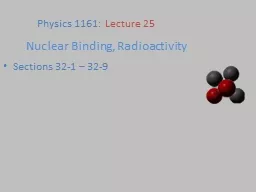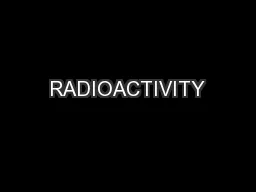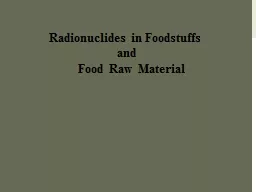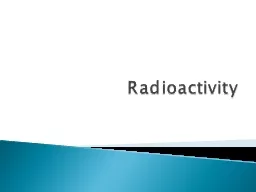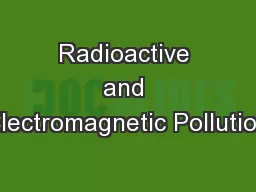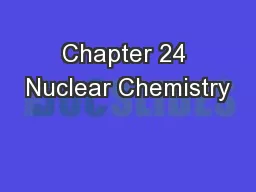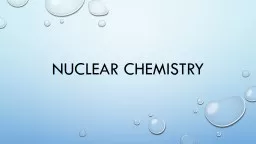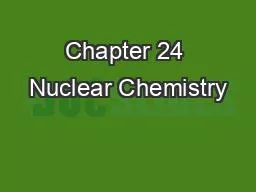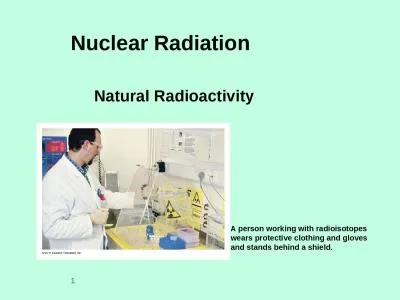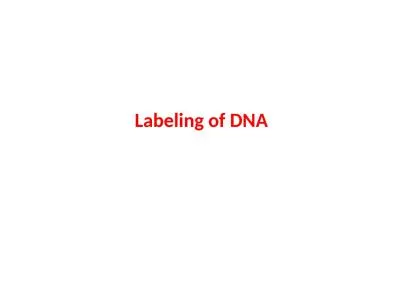PPT-Nuclear Binding, Radioactivity
Author : myesha-ticknor | Published Date : 2016-03-20
Sections 321 329 Physics 1161 Lecture 25 Radioactivity Spontaneous emission of radiation from the nucleus of an unstable isotope Marie Curie 1867 1934 Wilhelm
Presentation Embed Code
Download Presentation
Download Presentation The PPT/PDF document "Nuclear Binding, Radioactivity" is the property of its rightful owner. Permission is granted to download and print the materials on this website for personal, non-commercial use only, and to display it on your personal computer provided you do not modify the materials and that you retain all copyright notices contained in the materials. By downloading content from our website, you accept the terms of this agreement.
Nuclear Binding, Radioactivity: Transcript
Download Rules Of Document
"Nuclear Binding, Radioactivity"The content belongs to its owner. You may download and print it for personal use, without modification, and keep all copyright notices. By downloading, you agree to these terms.
Related Documents

